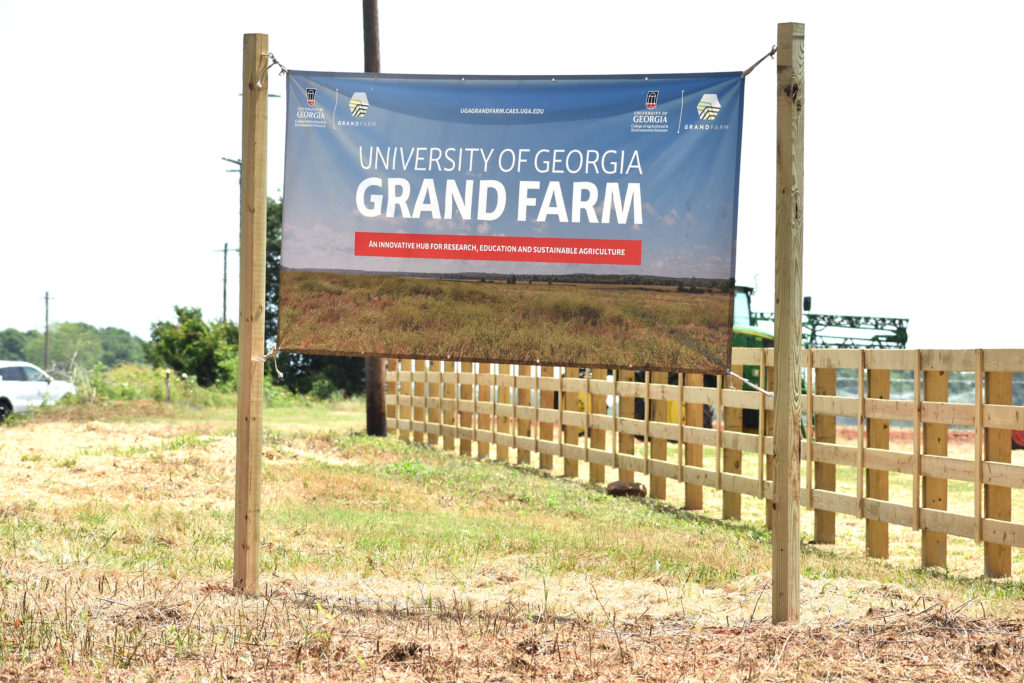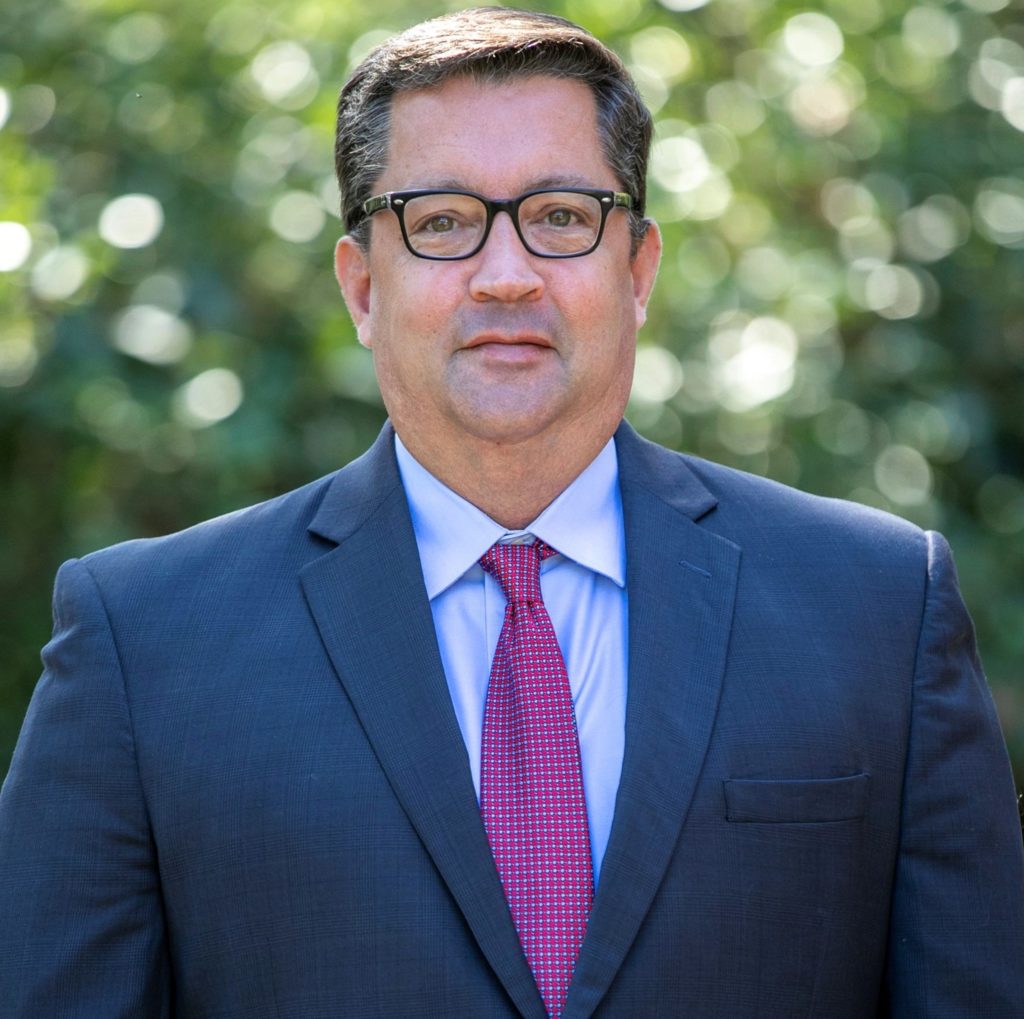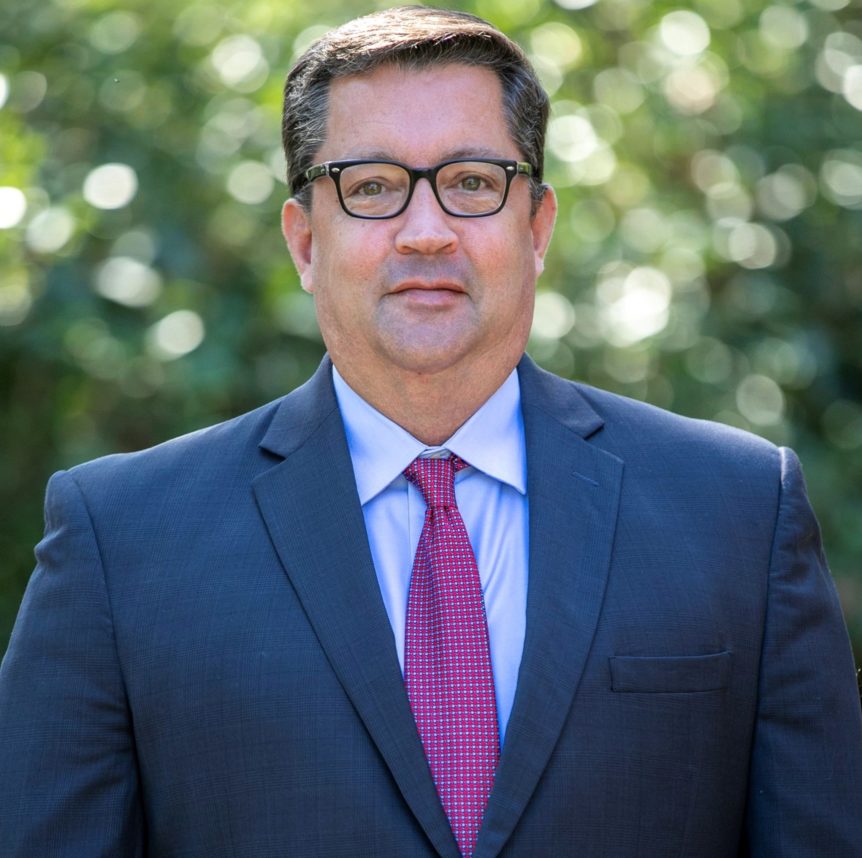
By Clint Thompson
Technological innovations in agriculture were the focus of this year’s Integrative Precision Agricultural Conference.

It is likely the key to survival for most farmers, but especially specialty crop producers, explains Chris Butts, executive director of the Georgia Fruit and Vegetable Growers Association (GFVGA).
“Technology has the potential to be the solution to level the playing field for U.S. growers. As you know, everything we do is so labor intensive and it’s touched so many times during the growing, packing, shipping process that there are multiple opportunities there to improve the efficiencies of that,” Butts said. “It’s not necessarily looking to replace labor but make labor more efficient so we can do more with less.”
Challenge for Specialty Crop producers
That innovation may be more challenging to implement for Southeast specialty crop producers. Fresh fruits and vegetables have to be handled more delicately, and they are all not ready to be harvested at the same time.
“Just being able to introduce that technology is not necessarily a one size fit for everything,” Butts said. “You take for instance a tomato field or cucumber field or squash field, that field has got to be picked multiple times. Whatever or whoever is doing the picking has to be able to discern what’s ready today, what do I need to leave on the vine for tomorrow and come back again and get tomorrow.
“A corn field, it’s easy to automate that and mechanize that but some of these other fruits and vegetables, it’s so much more labor intensive that it’s going to be a challenge to get the technology that can do that. Again, if we can make the people working in those fields more efficient, that may be as much help as anything.”
Considering labor’s place in specialty crop production and the costs associated with having the manpower to harvest fruits and vegetables, growers need technological innovations, like the recently announced commercially viable automated strawberry harvester, to have a viable future.
“It drives everything. It’s up to 50% sometimes of the cost our growers are incurring and right now we’re paying 10 times more for it than our competitors,” Butts said. “We’ve got to be able to do more with less.”
This year’s conference was co-hosted by the UGA Institute of Integrative Precision Agriculture and UGA Grand Farm.










